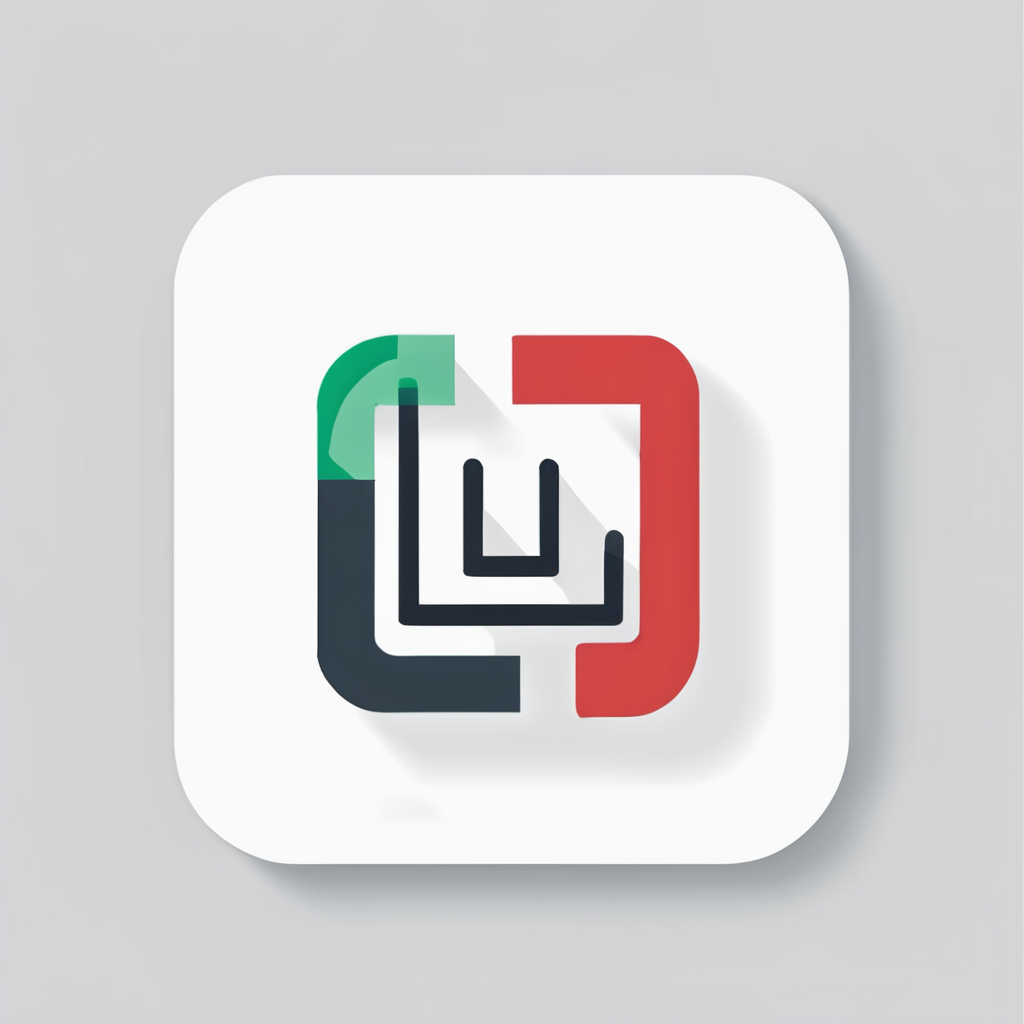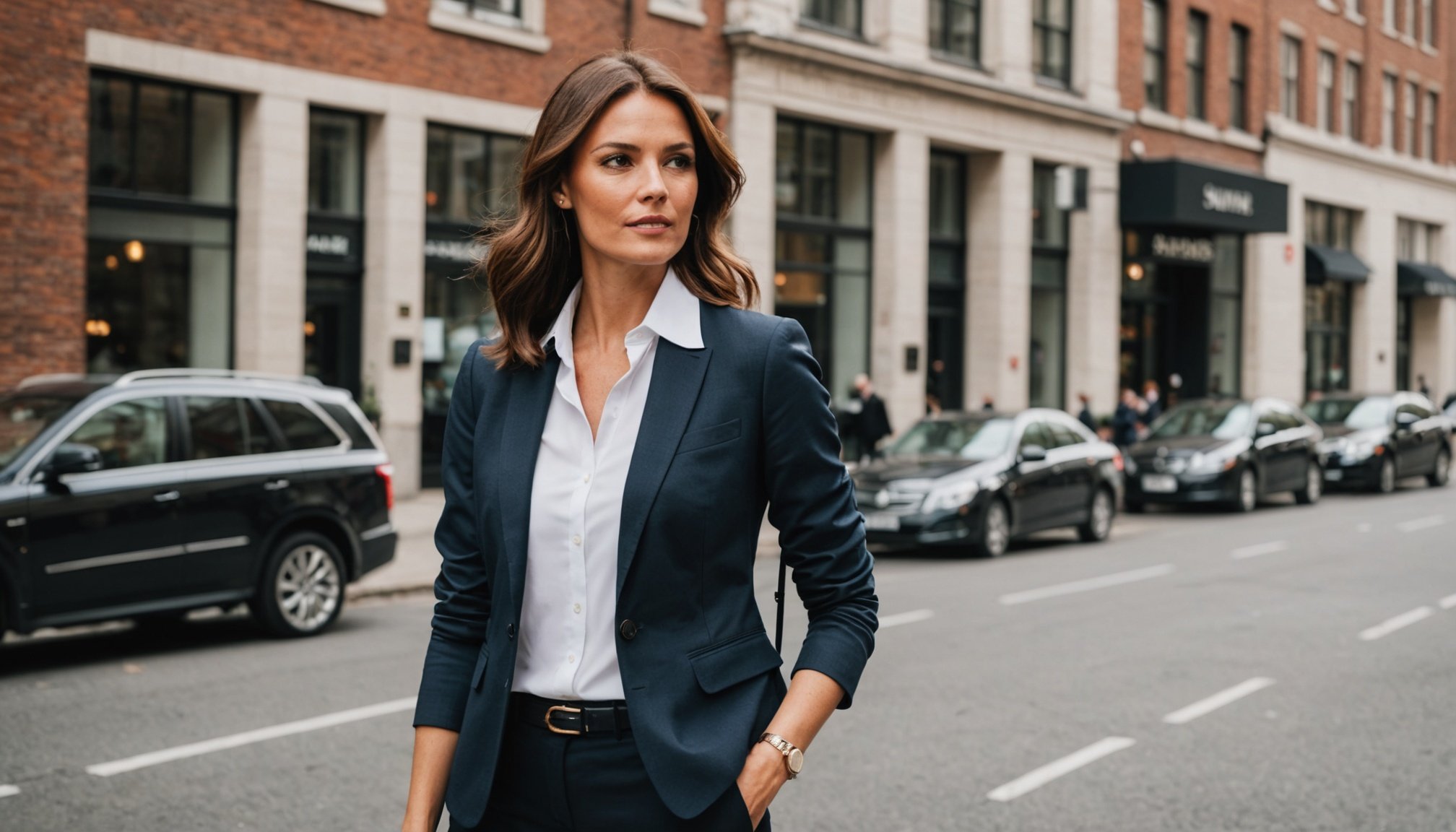Essential Clothing Items for Professional Attire
Building an essential work wardrobe revolves around integrating key professional clothing pieces. Central to this are staples like blazers. A well-fitted blazer can instantly elevate any ensemble, projecting a polished, executive image. Similarly, having a collection of crisp dress shirts is indispensable. These shirts act as a foundation for various looks, whether layered under a suit or worn with tailored trousers.
Speaking of trousers, selecting ones that fit well is crucial. Tailored trousers should sit comfortably at the waist and reach just above the shoe, ensuring a smart silhouette. Furthermore, dresses and skirts add versatility. A knee-length dress or a pencil skirt can offer a professional appearance, while also adapting to different office occasions.
In parallel : Mastering monochrome: top tips to elevate your outfit with bold accessories
Another integral element is appropriate footwear. Depending on your environment, classic pumps, loafers, or sleek flats can be effective. They should complement your outfit without overshadowing it.
- Key Professional Pieces:
- Blazers
- Dress shirts
- Tailored trousers
- Versatile dresses and skirts
These components are essential for crafting a professional appearance, with each piece contributing to a cohesive and stylish look.
This might interest you : Uncover stylish tips to enhance your height and achieve a sleeker look
Color and Fabric Choices
When crafting a professional wardrobe, colors for work attire should convey both professionalism and style. Neutral shades such as black, navy, and grey provide a solid foundation, exuding confidence and authority. For a touch of personality, consider subtle accents like muted earth tones or pastel highlights. These additions can give an outfit depth without compromising its professional integrity.
In terms of professional fabrics, selecting materials suited for various seasons enhances comfort and appearance. During warmer months, breathable fabrics like cotton or linen maintain coolness, ensuring you remain comfortable throughout the day. Conversely, wool and tweed are preferable in colder seasons, offering warmth without adding bulk. Investing in quality pieces made from these materials ensures durability and longevity.
Mixing and matching colors strategically can result in a cohesive look. Pairing lighter colours with darker shades can create balance, making any ensemble visually appealing. For instance, a crisp white shirt combined with a charcoal blazer showcases contrast yet unity in style. When in doubt, a monochromatic approach using varying tones of a single colour can achieve a sophisticated and streamlined appearance, perfect for maintaining a professional yet stylish image in the workplace.
Fitting and Styling Tips
The impeccable fit of professional clothing pieces significantly impacts one’s appearance, conveying proficiency and elegance. It begins with understanding the importance of fitting professional clothing properly. For everyday wear, ensure the shoulders of blazers align exactly with your own, and that dress shirts do not pull or gape when buttoned. Trousers should rest comfortably at your waist, with an ideal length skimming just above your shoes.
Tailoring is crucial for achieving a polished look. A skilled tailor can adjust garments, ensuring they hug your frame perfectly, enhancing your silhouette without restricting movement. Precision in tailoring transforms even basic items into bespoke-feeling pieces, enhancing your essential work wardrobe.
In terms of styling, adding subtle elements can elevate your outfit. Enhance the basic blouse or shirt with a statement necklace that stands out, yet remains professional. Experimentation with textures is another approach; consider a silk tie or scarf for a touch of sophistication. Styling work wear also involves layering; think of a tailored vest over a shirt, or adding a sleek belt to accentuate your waist. Implement these techniques to ensure your wardrobe reflects both competence and personal style.
Accessorizing for Professional Impact
Enhancing your essential work wardrobe with the right professional accessories can transform and elevate your look instantly. Here’s where you can make a real statement: by choosing the right accessories. Key pieces like watches, understated jewellery, and scarf add elegance without overwhelming your outfit. These small details can dramatically shift the tone of an ensemble, conveying a polished, thoughtful appearance.
Balancing statement pieces in a professional setting requires finesse. Opt for accessories that reflect sophistication—a sleek metallic belt or a pearl necklace, for example, harmonises beautifully with professional clothing pieces. Prioritise quality over quantity; one refined accessory often speaks louder than many.
Consider the functionality of bags and belts. A well-designed leather bag not only complements your work look but also offers practical storage, making it a smart investment. Similarly, a belt can define your waist on a dress or cinch a blazer, enhancing your silhouette.
These workwear accessories play a pivotal role in adding both style and practicality. They underscore your individuality while maintaining the professionalism required in the workplace. Use them judiciously to create a sophisticated, cohesive appearance that reflects confidence and style.
Visual Inspiration and Outfit Combinations
When it comes to constructing a professional style inspiration, finding the right work outfit ideas for various settings can be transformative. Each work environment may require different styles, but maintaining professionalism remains key.
Outfit Ideas for Various Work Environments
From corporate offices demanding formalwear to creative spaces allowing more flexibility, it’s essential to curate your wardrobe accordingly. Consider a sharp blazer paired with tailored trousers or a pencil skirt for a corporate atmosphere. For a more relaxed office, try integrating a smart-casual approach with chinos and a structured jacket.
Seasonal Styling Tips
Adapting outfits per season enhances both comfort and style. In summer, opt for lighter fabrics like linen suits or cotton dresses. When winter hits, incorporate layers like vests under blazers or thick knit scarves that complement your ensemble while keeping you warm.
Combining Casual and Professional Elements
Creating a balanced look involves blending elements of casualness with professionalism. For instance, a silk blouse under a loose cardigan with cropped trousers delivers a semi-formal vibe. Pair denim with a crisp shirt and loafers for a casual-Friday appeal. These versatile work outfit ideas ensure adaptability while reflecting polished elegance across various settings. Adjusting styles to fit both the season and workplace can provide clarity amidst daily dressing decisions.











